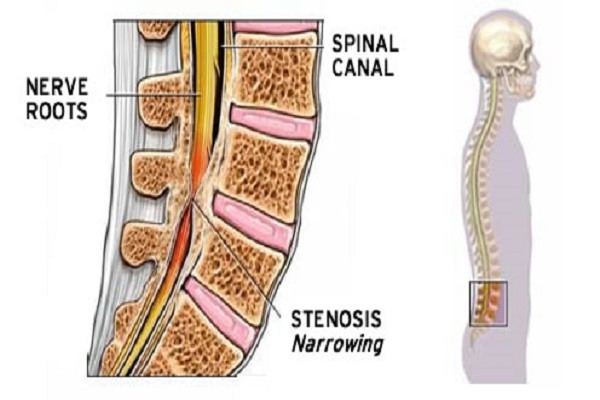Surgical outcomes for lumbar spinal canal stenosis in elderly patients
DOI:
https://doi.org/10.15419/bmrat.v5i5.441Keywords:
Elderly, Lumbar, Spinal stenosis, Surgery-treatmentAbstract
Purpose of the study: To understand surgical outcomes, based on standardized tools, after surgery of lumbar spinal canal stenosis in patients aged 65 years and older.
Methods: A cross-sectional study was undertaken in 58 elderly patients before and after surgery. Demographic data, procedures, perioperative comorbidities, preoperative and postoperative pain intensity, primary activities of daily living, quality of life, and fear avoidance were collected at baseline. All patients were followed up to 6 and 12 months after operation.
Results: Following surgery, there was a significant reduction in the VAS scale (for pain severity) and fear avoidance beliefs (FAB) questionnaire scale (P<0.001), and a significant increase in the 36-Item Short Form Health Survey (SF-36) index and the Barthel Index for Activities of Daily Living (ADL), which assesses functional independence) (P<0.001).
Implication: The present study suggests that surgery in elderly patients is effective for the treatment of spinal stenosis, in those patients who did not respond well to conservative treatment.

Downloads
Published
Issue
Section
License
Copyright The Author(s) 2017. This article is published with open access by BioMedPress. This article is distributed under the terms of the Creative Commons Attribution License (CC-BY 4.0) which permits any use, distribution, and reproduction in any medium, provided the original author(s) and the source are credited.
